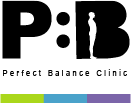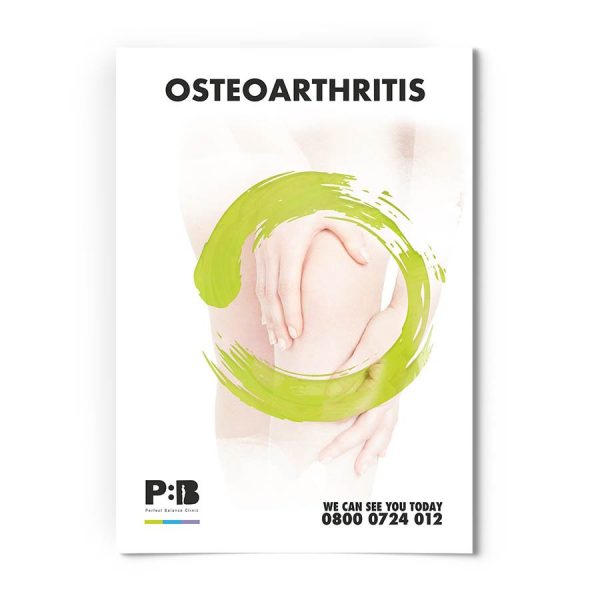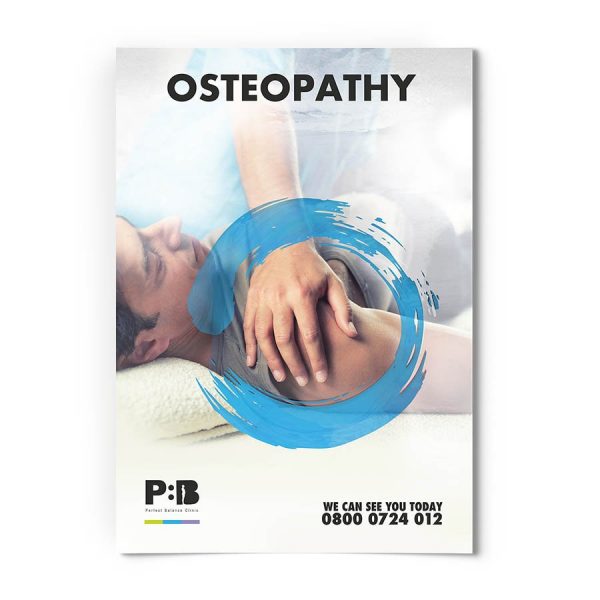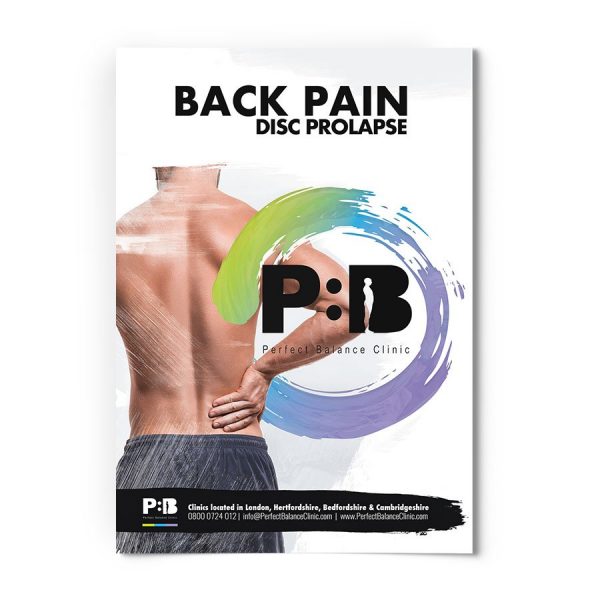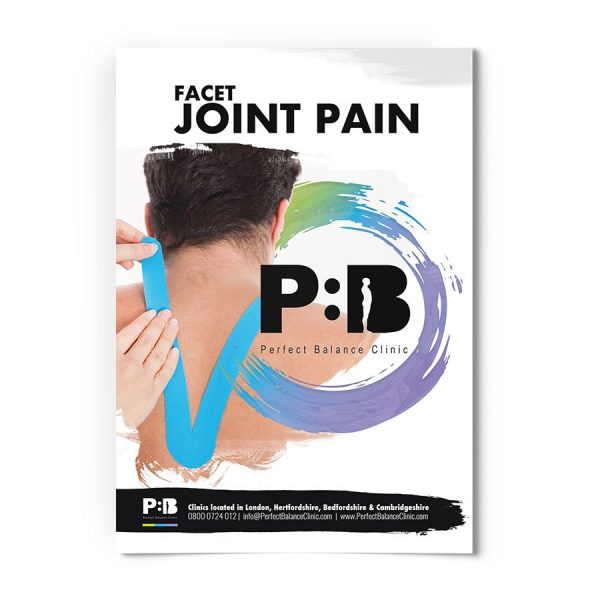What is Osteopathy?
Osteopathy looks at helping the body to work more effectively and, where appropriate, to reduce and end any pain. It works by helping the body’s structure and function, and looks at the body as a whole, rather than isolated parts. Osteopaths look to create balance within the body, typically without using drugs or surgery. It is used to alleviate many medical conditions, including:
lower neck and back pain
headaches and migraines
disc injuries, including sciatica
arthritic pain
sports injuries
post-traumatic injuries, for example, whiplash
shoulder conditions, for example, rotator cuff syndrome
muscle tension and tears.
Osteopaths use a variety of techniques to help the body. Examples include stretching and manipulation. They can also advise on exercise and posture. Such treatments and advice can help many people, including children, pregnant women, sportspeople, the elderly, and many more.
How will you be treated by an Osteopath?
We believe that, due to thorough history taking and examinations, an Osteopath is able to get to the root cause of your pain. An Osteopath will then choose the most suitable course of action for you, whether that is treatment, referral, or exercises to help to get you better. Some of the treatments an Osteopath might use would be techniques such as:
osteopath mobilisation and manipulation of joints
soft tissue techniques
medical acupuncture
specific exercise prescription for the prevention and rehabilitation of injury and chronic pain
taping to protect joints and injured tissues
osteopath assessment and treatment of the postural, pelvic and spinal alignment
biomechanical assessment of movements through video analysis
retraining to prevent recurring injuries.
To begin with, you should have a 45-minute consultation and a consent form should be completed. This can be done online with your booking confirmation or in the clinic.
Your therapist will ask some questions about your pain. They will want to know what aggravates or relieves the pain, when the onset of pain was, and what it feels like. You will then be asked to dress down to a pair of shorts (provided at the clinic), and a vest top if you are female. The area of pain will be examined, along with the rest of your body, so that the root cause of the problem can be ascertained. In some instances, backache is caused by problems with the feet!
Following on from the questioning and physical examination, a series of special clinical tests and orthopaedic examinations are used to make a differential diagnosis. These tests look at muscle function, joint mobility, and any ligament or tendon damage. The practitioner will also assess the nerve function to the area of pain through manual examination. These tests are not invasive and not usually painful, however, a little bit of discomfort may be experienced. Once a diagnosis is confirmed, treatment can begin. On the rare occasion that the diagnosis is not suitable for osteopathic treatment (for example, a suspected broken bone), then you will be referred with a cover letter to the appropriate specialist.
At the end of your treatment, you should expect to receive some home exercises and a guide to possible treatment reactions, if any, which may be expected.
What can you do to help yourself when seeing an Osteopath?
You can help yourself by ensuring you have a healthy diet and drink enough fluids throughout the day. To prevent getting pain, it is important to make sure that you move, sit, and lift heavy objects correctly. An osteopath can advise on this. It is also imperative that you exercise regularly, and take care when exercising or playing a sport. Plus, don’t forget to get plenty of rest!
Please remember, if you need any further advice then you can email us at advice@pbclinic.com.
For more information about Osteopathy
This article was written by our team of specialist therapists at Perfect Balance Clinic. If you would like more specific advice about how our team can help you with this condition or symptoms you may be having, please complete the contact form below and one of the team will get back to you shortly.
Here are some of our E-Books to help you
References
1. General Osteopathic Council, http://www.osteopathy.org.uk/information/about-osteopathy/ [accessed 12 November 2012].

